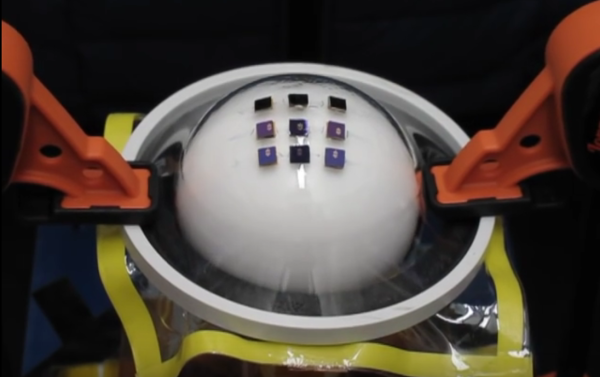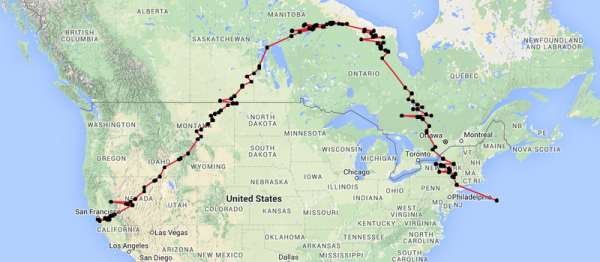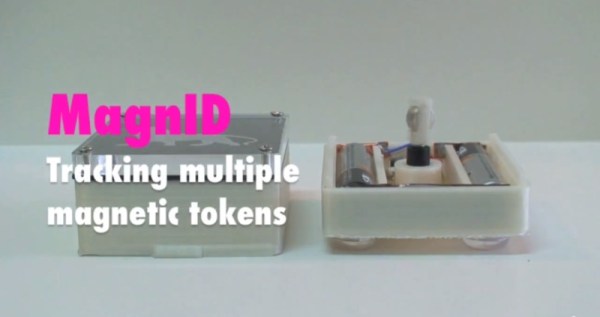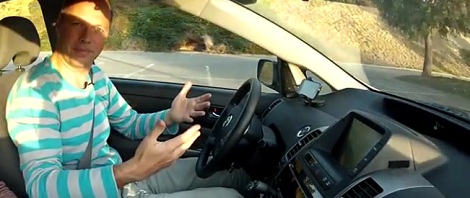If you’ve been keeping up with augmented and virtual reality news, you’ll remember that spacial haptic feedback devices aren’t groundbreaking new technology. You’ll also remember, however, that a professional system is notoriously expensive–on the order of several thousand dollars. Grad students [Jonas], [Michael], and [Jordi] and their professor [Eva-Lotta] form the design team aiming to bridge that hefty price gap by providing you with a design that you can build at home.
A quick terminology dive: a spacial haptic device is a physical manipulator that enables exploration of a virtual space through force feedback. A user grips the “manipulandum” (the handle) and moves it within the work area defined by the physical design of the device. Spacial Haptic Devices have been around for years and serve as excellent tools for telling their users (surgeons) what something (tumor) “feels like.”
In our case, this haptic device is a two-link, two-joint system grounded on a base station and providing force feedback with servo motors and tensioned wire ropes. The manipulator itself supports 3-degree-of-freedom movement of the end-effector (translations, but no rotations) which is tracked with encoders placed on all joints. To enable feedback, joints are engaged with cable-drive transmissions.
The design team isn’t new to iterative prototyping. Hailing from CS235, a Stanford course aimed to impart protoyping techniques to otherwise non-tinkerers, the designers have drawn numerous techniques from this course to deliver a fully functional and reproducible setup. In fact, it’s clear that the designers have a strong understanding of their system’s physics, and they capitalize on a few tricks that don’t immediately jump out to us as intuitive. For instance, rather than rigidly fixing their cable to the motor shaft, they simply wrap the cable around the shaft a mere 5 turns such that the force of friction greatly exceeds the threshold amount that would otherwise cause slipping. They also choose plywood–not necessarily because of its price–but more so because of its function as a stiff, layered composite that makes it ideal “lever arm material” for rigidly transferring forces.
For a full breakdown of their design, take a look at their conference paper (PDF) where they evaluate their design techniques and outline the forward kinematics. They’ve also provided a staggeringly comprehensive bill of materials (Google Spreadsheet). Finally, as justifiably open source hardware, they’ve packaged their control software and CAD models into a github repository so that you too can jump into the world of quality force feedback simulation without shelling out the twenty thousand dollars for a professional system.
[via the 2015 Tangible Embedded and Embodied Conference]
Continue reading “Open Source Haptics Kit Aims To Democratize Force Feedback” →
 innovation. Well, times are changing for wearables. While there is no stock answer, there are some answers in soup stock.
innovation. Well, times are changing for wearables. While there is no stock answer, there are some answers in soup stock.


















